Rome and its seven hills: an inseparable combination that is equal parts rooted in history and legend. Since antiquity, these hills were more than just geographic reliefs and served as strategic points for settlements and defense to ensure the future prosperity of the Empire’s capital.
The origin of the word “colli”
The name of Rome is deeply linked to its seven hills, these lasting and foundational symbols of the city have inextricably linked Rome’s destiny with its geography. Despite the passage of centuries, this concept has not lost its evocative strength. During the imperial era, when the city expanded far beyond its original borders, the seven hills always remained a point of reference. The term "colli" derives from the Latin collis, which means "hill" or "height" in reference to a simple elevation of land. But over time, this concept has evolved to designate natural reliefs which, as with Rome, were essential to the formation and protection of cities.
What are the seven hills of Rome?
Rome’s first inhabitants settled on the Palatine where, according to legend, Romulus founded the city in 753 BC. A place that witnessed the birth of the Rome we know today! Immediately afterwards, city settlements also spread to the other hills, each with a unique identity that contributed to the social and political life of Rome. The Palatine, the exclusive heart of ancient Rome, was chosen by the emperors to build their sumptuous residences precisely where, according to tradition, the she-wolf had nursed Romulus and Remus. A myth which, in addition to telling us about the legendary origins of the eternal city, transports us back to its beating heart.
Near the Palatine, rises the Capitoline, the symbol of Roman power which formerly housed temples dedicated to the city's protective deities, and subsequently became the administrative center of the city government. And who doesn’t know the story of Juno's sacred geese? In 390 BC, they saved Rome from an attack by the Gauls by waking up the guards with their loud squawking.
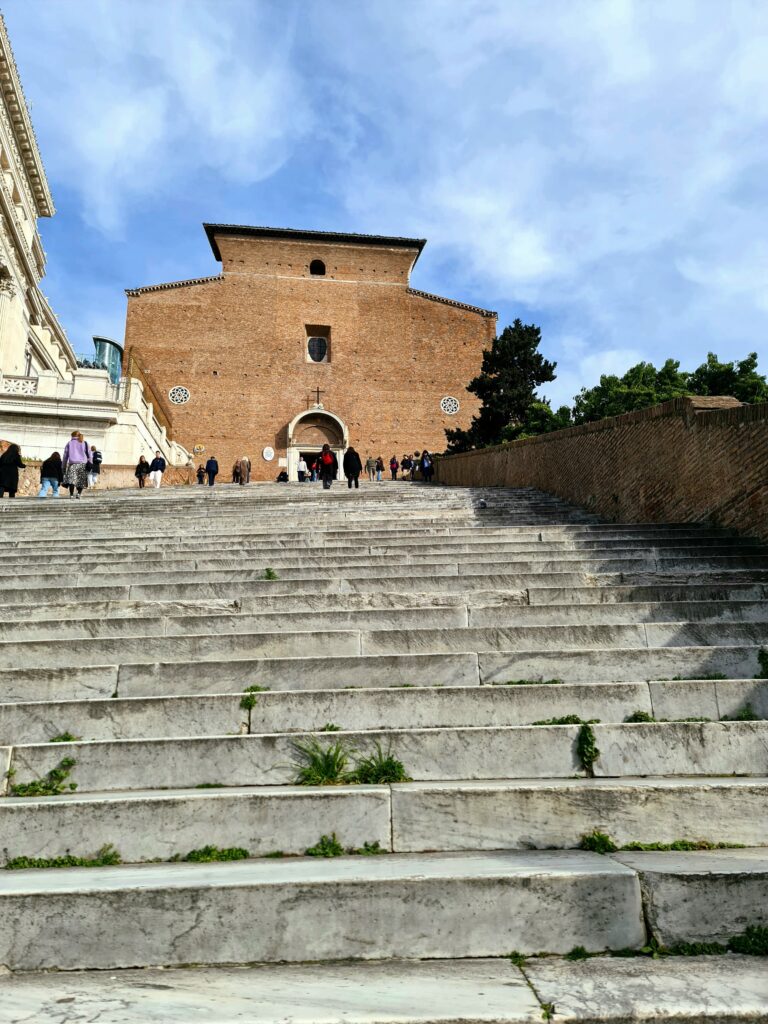
If the Palatine and the Capitoline hills were symbols of power and wealth, the Aventine, more sober but no less fascinating, was instead the refuge of the plebeians and marked their corner of resistance against aristocratic circles. Today, this hill offers an atmosphere of peace, with the iconic Garden of the Oranges that offers not only breathtaking views, but also a truly unique curiosity: the keyhole of the Priory of the Knights of Malta through which viewers can catch an unparalleled vista of St. Peter's unforgettable dome.
Learn more about the river Tiber!
The Celian hill, however, was that of warriors, where barracks and gladiatorial schools were once located. Imagine how many fighters walked these streets before proceeding into the Colosseum arena!
The Esquiline, the largest of Rome’s hills, has a more ominous origin story as an infamous cemetery. Emperor Augustus even had lush gardens planted there in the superstitious hope of warding off ghosts. Today, however, it is one of the liveliest and multi-ethnic neighborhoods of the city, where the magnificent basilica of Santa Maria Maggiore can also be found.
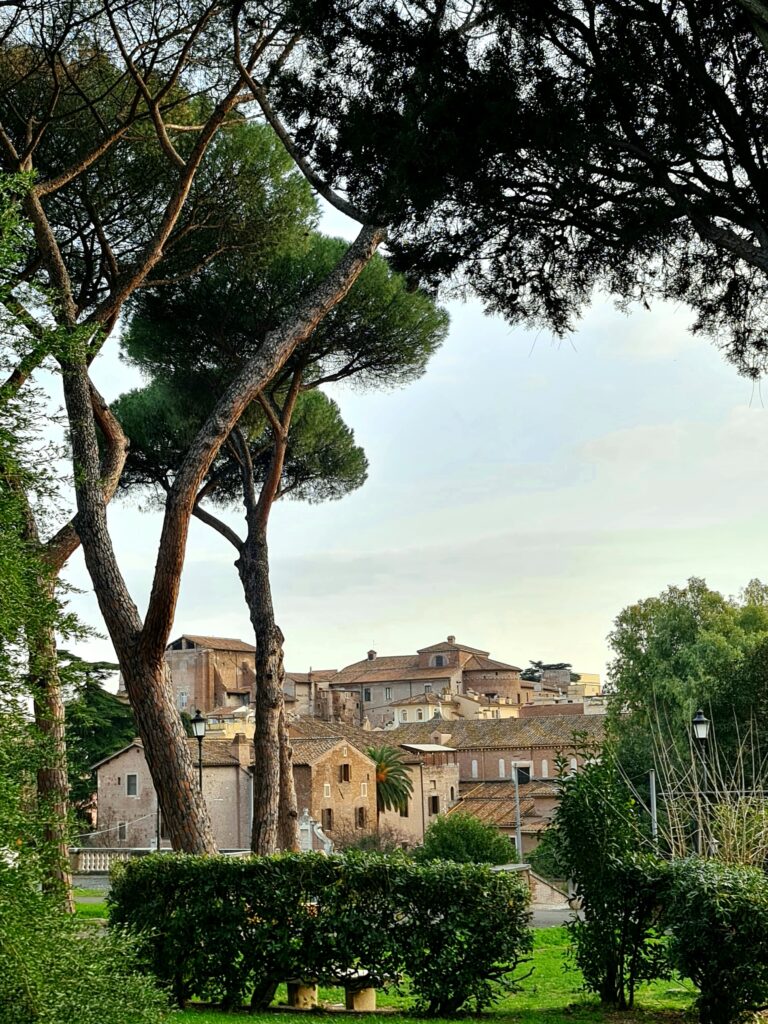
The residence of the Popes was located on the Quirinal, the highest of Rome’s hills, which later became the seat of the President of the Republic. Instead, the Viminal hill, the smallest of the seven hills, has retained an institutional role over the centuries and today houses the Ministry of the Interior.
Even if they have now become incorporated into modern Rome, the seven hills continue to carry the legends and stories of the city which lie somewhere between myth and reality. Climbing these hills means immersing yourself in centuries of history, breathing the echo of a past which, even today, continues to enchant and fascinate anyone interested in discovering the secrets of Rome.
Would you like to learn Italian in the heart of Rome? Learn everything about our courses!
Scuola Leonardo da Vinci Rome
The Eternal City has known it all. Victory and defeat, joy and tragedy, glory and humility marked Rome’s history, culture and architecture. A magical place with vibrant, timeless lifestyle with countless secrets waiting to be discovered.
The Scuola Leonardo da Vinci is situated in the centre of Rome, in the pedestrian area, halfway from the astounding Piazza Navona, Castel S. Angelo and St. Peter Basilica. It is one of the largest schools in Rome.
We, from Leonardo da Vinci School have one mission – to introduce you to this exciting urban symphony. Every year thousand of students from more than 90 countries jump into this adventure hand in hand with us. Leonardo da Vinci School is not only leading language institute, but centre of Italian culture and lifestyle. We match our vast experience with our student’ eagerness to know and learn and together we make it happen.
Latest posts by Scuola Leonardo da Vinci Rome (see all)
- La Bocca della Verità: between history, myths and tradition - May 30, 2025
- Good Friday: The Way of the Cross at the Colosseum - April 18, 2025
- Festa di San Giuseppe, a beloved Italian festivity - March 19, 2025








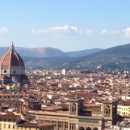
 Exclusive Black Friday deals
Exclusive Black Friday deals 
 on ou
on ou
 ITALIANO ON-AIR
ITALIANO ON-AIR parliamo delle tr
parliamo delle tr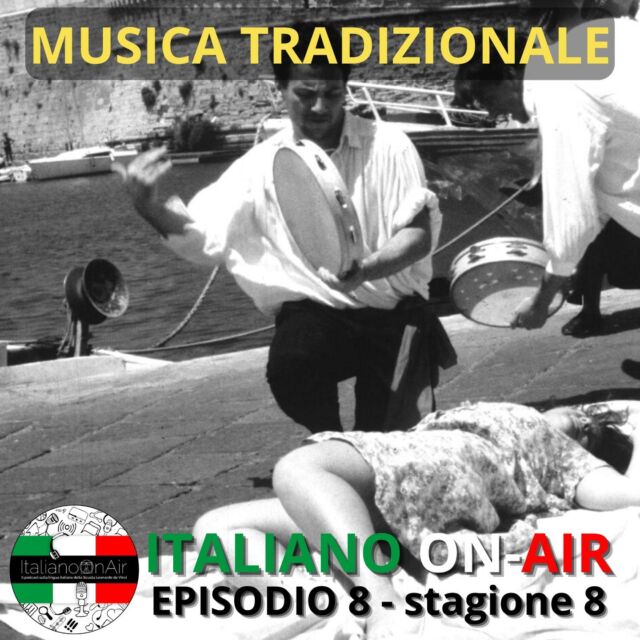


 para Aula
para Aula 
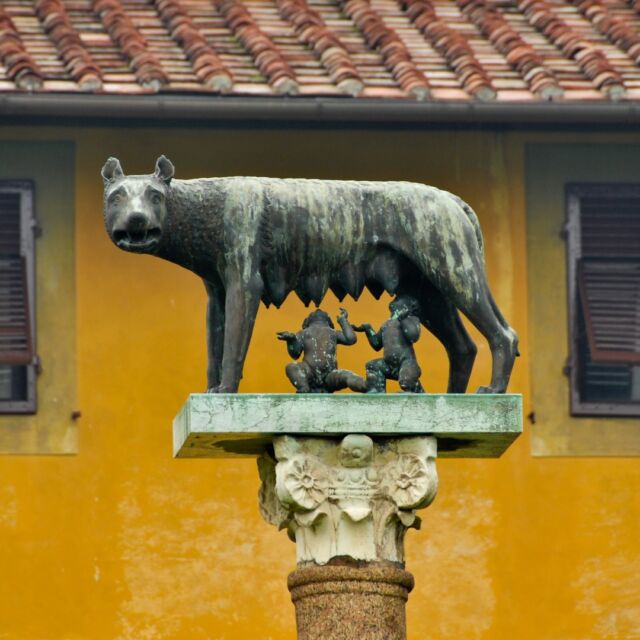
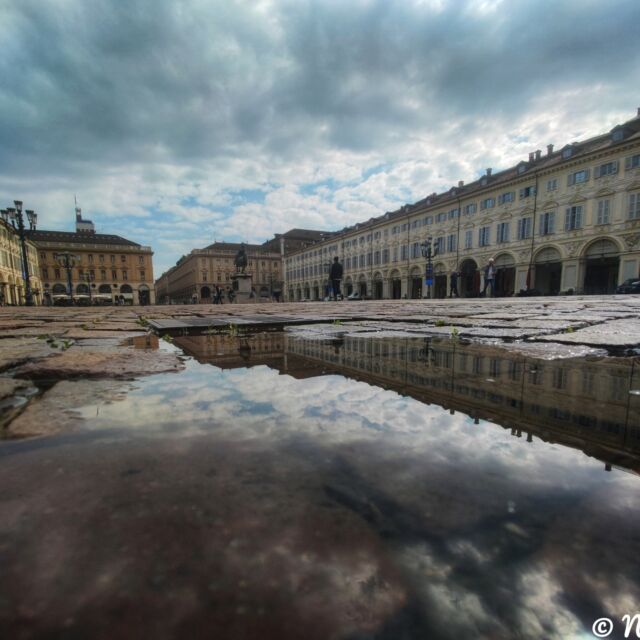
 e birra
e birra è davvero una
è davvero una 

 da @scuolaleonardoital
da @scuolaleonardoital
 ! Abbiamo
! Abbiamo 

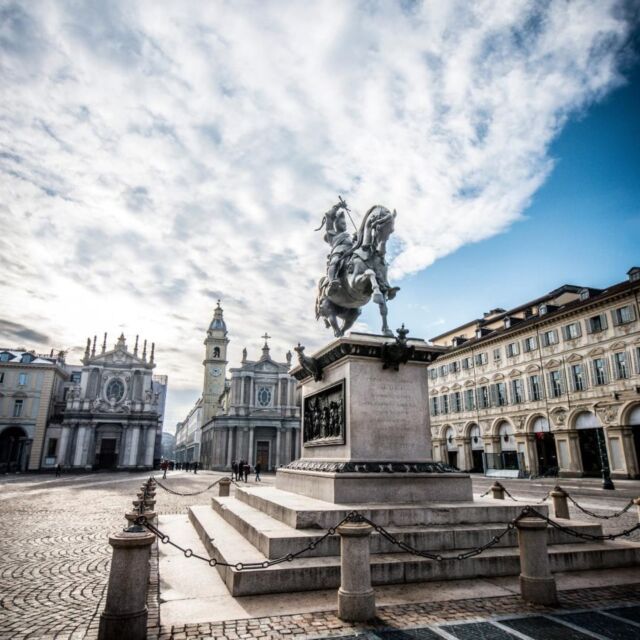

 スクオーラ・レオナルドダヴィン
スクオーラ・レオナルドダヴィン
 We are
We are

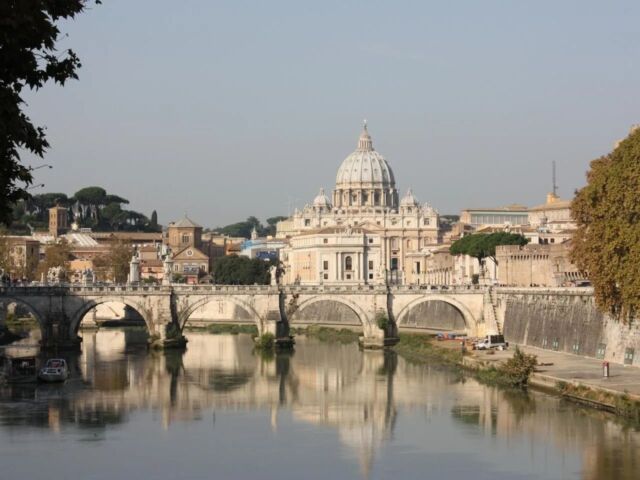

 sono appena finite e noi
sono appena finite e noi